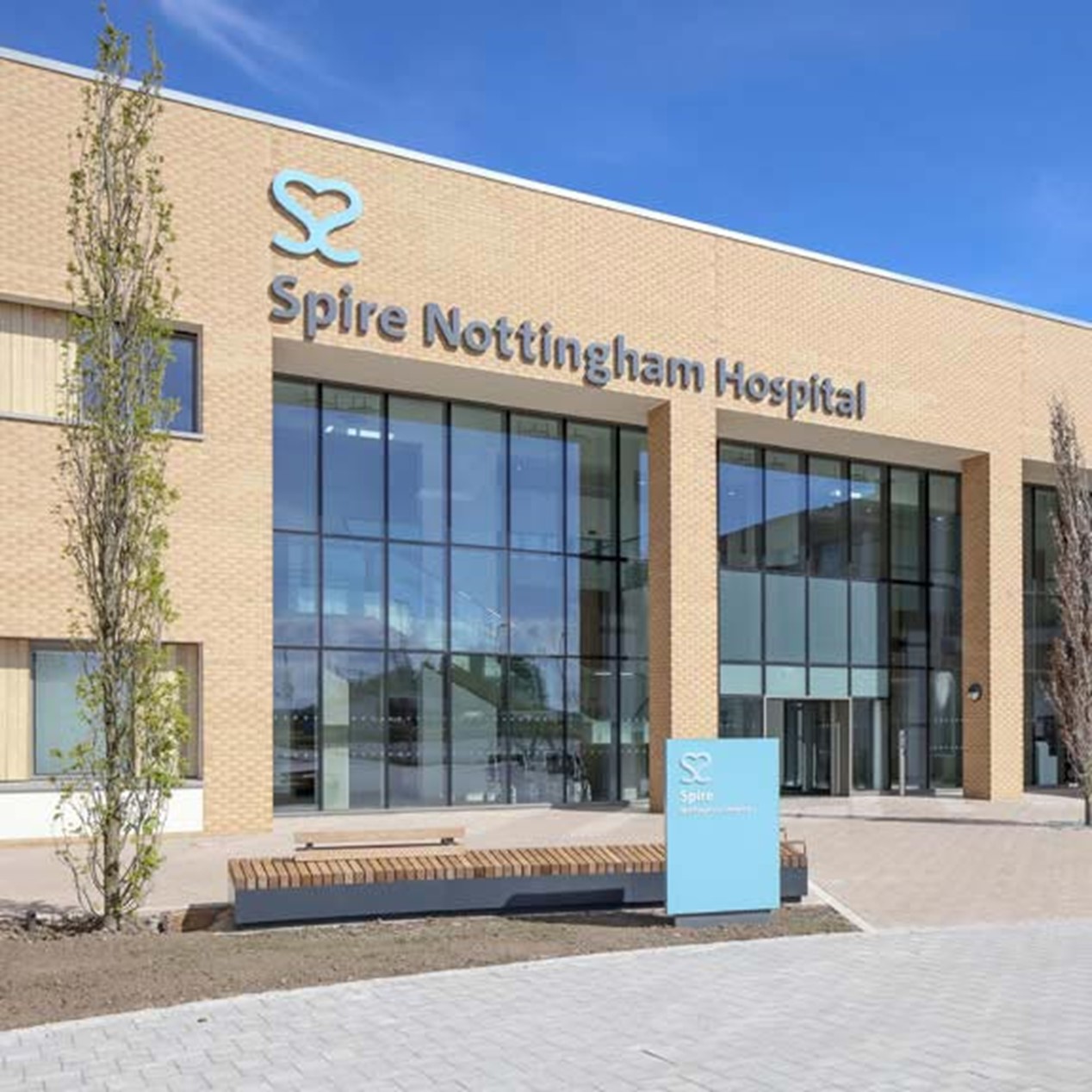View this treatment at your local spire Spire Hospital
- Local pricing
- Consultants near you
- Payment options
- Local pricing
- Consultants near you
- Payment options
Surgery can correct an overgrowth of cartilage between the ribs and the breast bone.
Why you might need it
Pectus carinatum, often referred to as ‘pigeon chest’ or ‘bowed chest’, is a chest wall deformity related to pectus excavatum and caused by an overgrowth of cartilage between the ribs and the breast bone.
The abnormal cartilage displaces the sternum forward, where pectus excavatum displaces it inward.
Like pectus excavatum, pectus carinatum deformity is a birth defect that may not be noticeable in early childhood but will become more prominent as the child grows, particularly during adolescence. The pectus carinatum deformity varies in severity and symmetry during the lifespan of a single patient and varies from patient to patient.
Find a Spire hospital offering this treatment

Who will do it?
Our patients are at the heart of what we do and we want you to be in control of your care. To us, that means you can choose the consultant you want to see, and when you want. They'll be with you every step of the way.
All of our consultants are of the highest calibre and benefit from working in our modern, well-equipped hospitals.
Our consultants have high standards to meet, often holding specialist NHS posts and delivering expertise in complex sub-specialty surgeries. Many of our consultants have international reputations for their research in their specialised field.
Before your treatment
You will have a formal consultation with a healthcare professional. During this time you will be able to explain your medical history, symptoms and raise any concerns that you might have.
We will also discuss with you whether any further diagnostic tests, such as scans or blood tests, are needed. Any additional costs will be discussed before further tests are carried out.
Preparing for your treatment
We've tried to make your experience with us as easy and relaxed as possible.
For more information on visiting hours, our food, what to pack if you're staying with us, parking and all those other important practicalities, please visit our patient information pages.
Our dedicated team will also give you tailored advice to follow in the run up to your visit.
The procedure
This operation is performed under general anaesthetic.
An incision is made across the chest and the overgrowth of cartilage is removed.
The sternum can then be placed in the usual, flat position; titanium bars are used sometimes to stabilize the chest and the incision is closed.
The amount of time this operation requires can vary depending on severity of the deformity. In younger patients is possible to perform a minimally invasive repair of this condition as per Abramson procedure.
Aftercare
Hospital stay is usually in the region of two-three days.
Recovery is usually quite fast and within three months patients are allowed to resume normal activities.
For the first six weeks is important to take extra care in avoiding contact sports and keeping the chest in a neutral position. Showering is possible immediately after surgery.
For the first few weeks a thin soft corset is applied to the chest. This can be worn under clothes and is barely visible.
Why choose Spire?
We are committed to delivering excellent individual care and customer service across our network of hospitals, clinics and specialist care centres around the UK. Our dedicated and highly trained team aim to achieve consistently excellent results. For us it's more than just treating patients, it's about looking after people.
Important to note
The treatment described on this page may be adapted to meet your individual needs, so it's important to follow your healthcare professional's advice and raise any questions that you may have with them.

